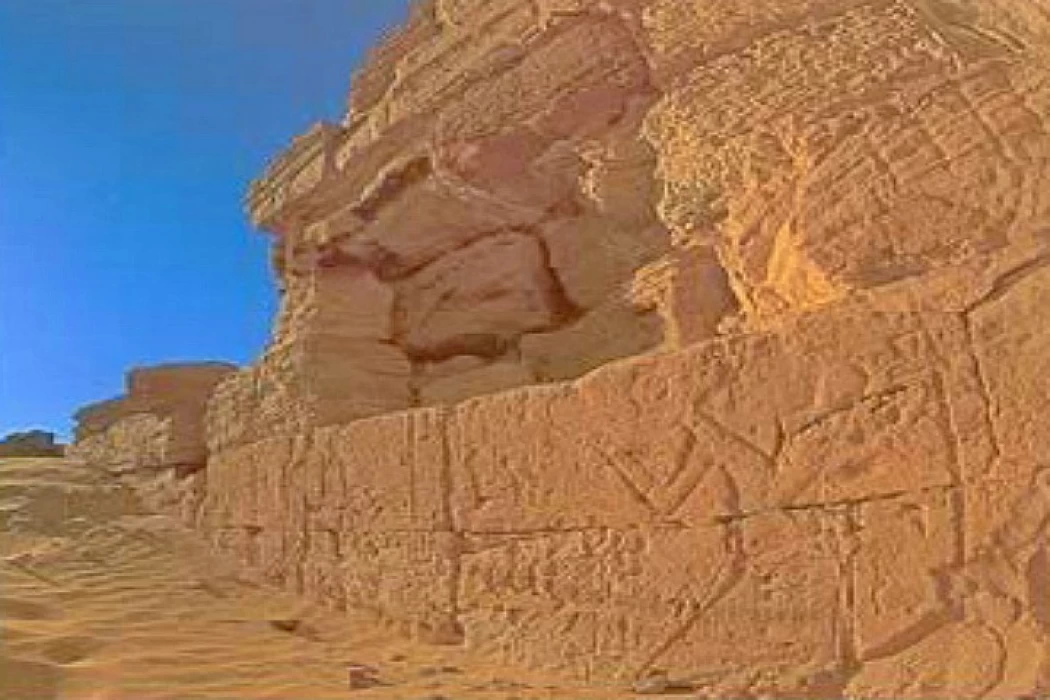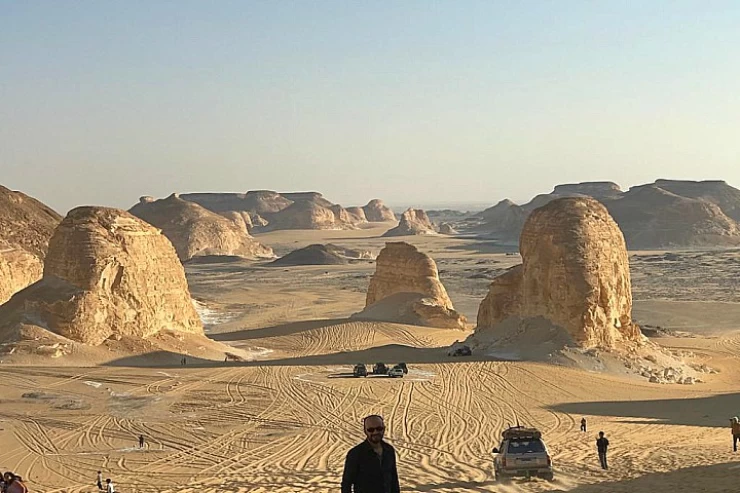
El Qasr Village in Bahariya Oasis
The Islamic village of El-Qasr
The Bahariya Oases, characterized by ecotourism and safari tourism, the most expensive tourism in the world, and includes the White Desert, including natural sculptures of unique formations of white limestone that you imagine however you want, mushrooms or sea waves and stunning sunrise and sunset views, it is a natural museum of art and natural architecture, and the Black Desert It has the Panorama Mountain, whose summit reveals the panorama of the desert with its aesthetics and charming formations, and the Bahariya Oasis is one of the most areas full of natural springs with the sweetness of its water, which is the source of life for humans, animals and plants in the oasis, in addition to the sulfur springs that exceed 200 springs as healing stations for bone diseases and skin diseases.
Within El-Dakhla Oasis lies a little community called El-Qasr. The settlement itself has undergone little alteration since antiquity, making it a fascinating destination to explore. Archaeologists discovered a ceramic industry, an ancient corn mill, and other Roman, Mameluke, and Ottoman artifacts scattered across the settlement. El-Qasr's Madrasa and Mosque The Ayyubid Period (c. 1000 AC) is when the Madrasa (Quranic school) and the El-Qasr Mosque (also called Nasr el-Din Mosque) were built.
The mud brick mosque features a 21-meter wooden minaret that has been restored. Magnificently, the wooden works' striking Quranic inscriptions are elegantly pleasing. It consists of many painted aisles, a prayer hall, and a congregation hall. The mosque's architecture is modeled after the Ayyubid style, and it has modest ornamentation. Only Islamic disciplines were taught at the madrasa.















